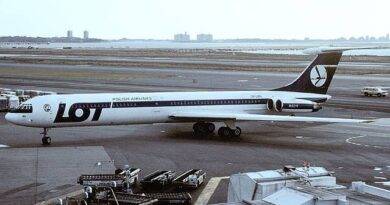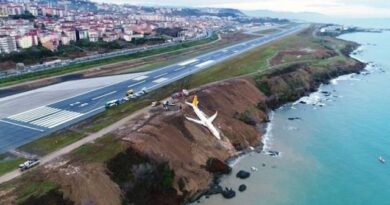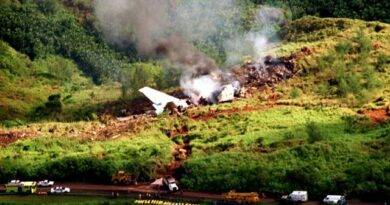China Airlines Flight 140: The “Deadly Go-Around”
Although dozens of airplane crashes -if not hundreds- occur every year, many of these crashes are mostly due to malfunction in one of the parts of the aircraft or directly because of a fault of one of the flight/ground crew. However, few airplane crashes occur due to both, since the chances of both of them occurring at once and causing the airplane to crash are really low. However, for China Airlines Flight 140, this very improbable unfortunate situation occurred, and took the lives of hundreds onboard.
Although China Airlines Flight 140 is not a very “intriguing” or complicated plane crash, it sure has an interesting story to be told, and today, in this article, we will dive into this story, and inform you about how and why the crash took place.
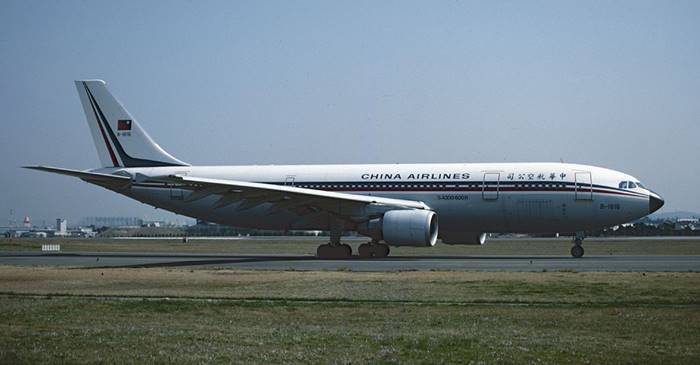
source: Guido Allieri
The Flight Day, 26 April 1994
China Airlines Flight 140 was a standard passenger flight scheduled for take off at 16:45 on 26 April 1994, from Chiang Kai-Shek International Airport in Taipei, Taiwan. The plane was an Airbus A300 that was planned to arrive at its destination, Nagoya International Airport, in Nagoya, Japan. The plane took off at 16:53, 8 minutes after its scheduled take-off, and was planned to arrive at Nagoya International Airport around 20:20.
After the plane took off, the first captain Wang Lo-chi (age 42) and his first flight officer Chuang Meng-jung (age 26) turned on autopilot and set route to arrive at Nagoya International Airport in Japan. The flight was almost completely uneventful from take-off to arrival at Nagoya civil airspace, but after that, things didn’t go as well as planned.
Captain Wang Lo-chi Started Descend
The plane controlled by Captain Wang Lo-chi started descending for its destination at 19:47, and the aircraft passed the outer marker about 25 minutes later. About 3.5 miles to the runway at around 1000 ft altitude, the flight officer Chuang Meng-jung inadvertently turned on take-off/go-around setting on the autopilot, also known as TO/GA.
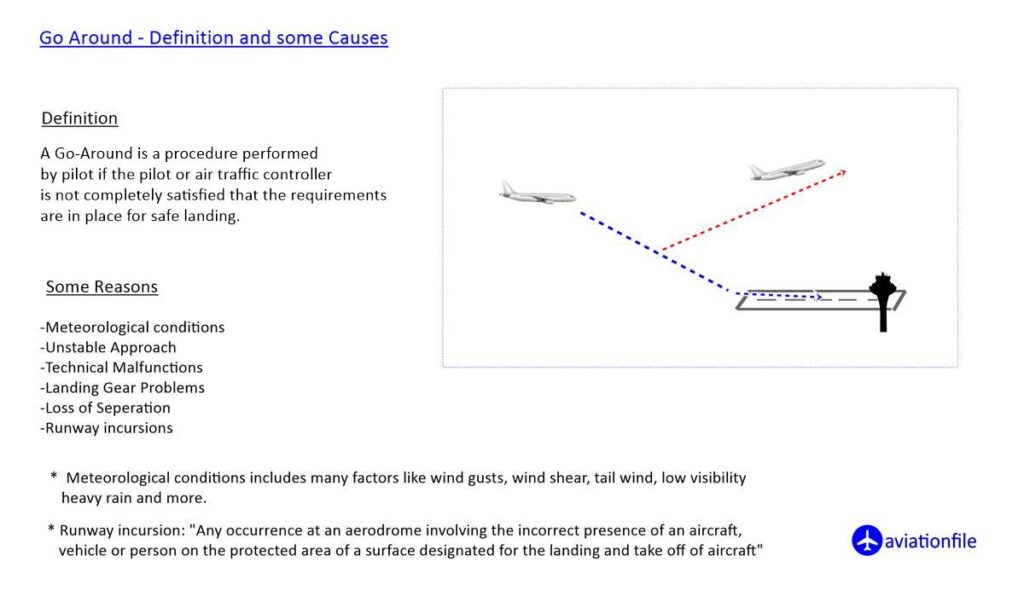
Enabling TO/GA basically meant that the autopilot was going to automatically try to approach the runway by itself, ignoring the commands and controlling attempts of the captain and the first officer. However, unaware of the fact that the autopilot is still on, the captain and the first officer of the flight desperately tried to keep the situation under control by throttling the engines at intervals and pulling the yoke to level the airplane, causing the nose of the plane to increase its angle to the ground.
Manual Go-Around
Because of the nose-up attitude, the plane started stalling shortly after, while the flight crew still didn’t understand what was the problem, and desperately tried to correct the situation. As they realized that they could not control the airplane by increasing altitude, they decided to carry out a manual go-around, but the airplane was stalling at this point, so they were unfortunately unsuccessful.
About three minutes after TO/GA was turned on, at around 20:15, the airplane crashed into the ground around Nagoya Airport, killing 264 of the 271 people onboard, including the first captain Wang Lo-chi and his first officer Chuang Meng-jung.
After a detailed investigation carried out by both government authorities and Airbus, the problem was determined. Although the flight crew were found mainly responsible, we can say that, looking back from today, that the autopilot system of the aircraft was also not perfect, since there weren’t enough indicators about TO/GA being enabled, as well as the autopilot not understanding that the captain was trying to save the airplane from crashing.
China Airlines Flight 140, known by many as “Deadly Go-Around” crash, became a part of aviation history as one of the deadliest aircraft crashes in both Japan and China Airlines’ history.
Sources
https://en.wikipedia.org/wiki/China_Airlines_Flight_140
https://simpleflying.com/china-airlines-flight-140-crash-story/
